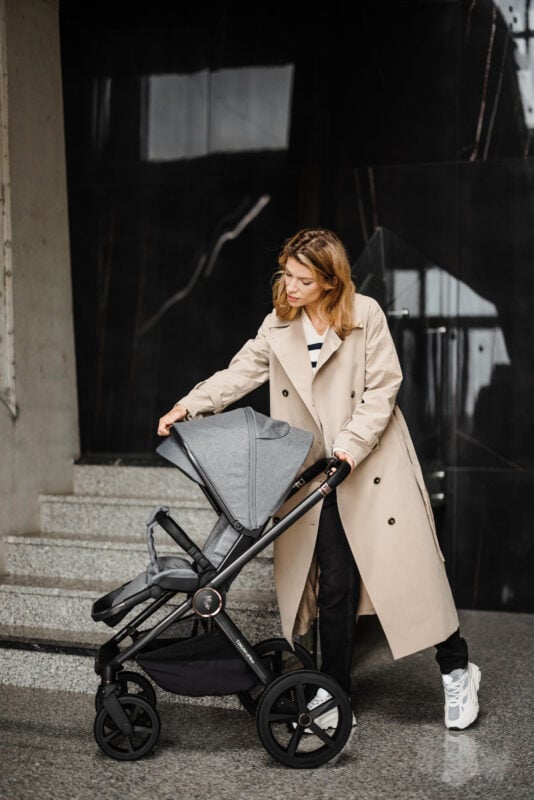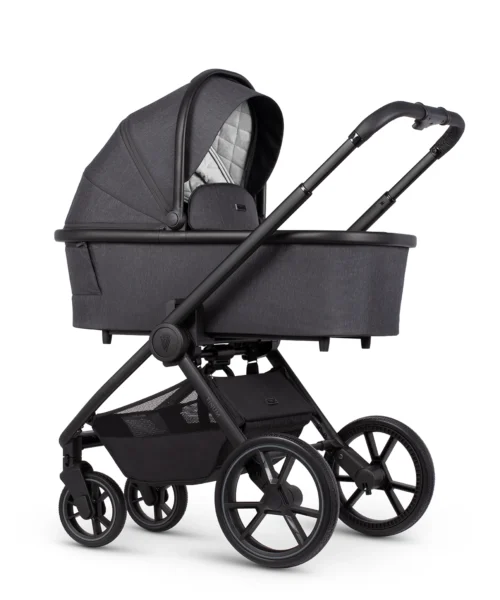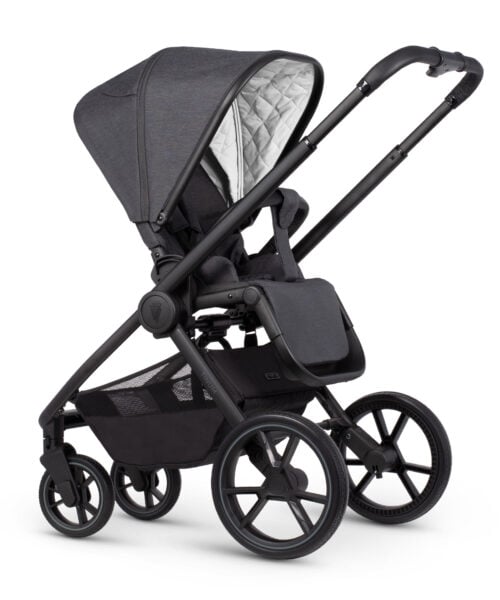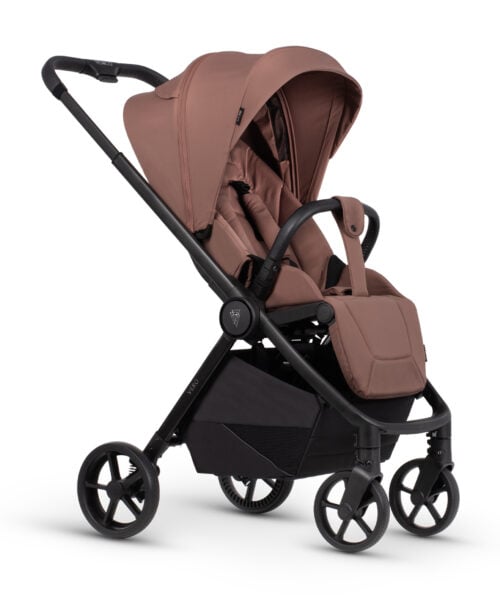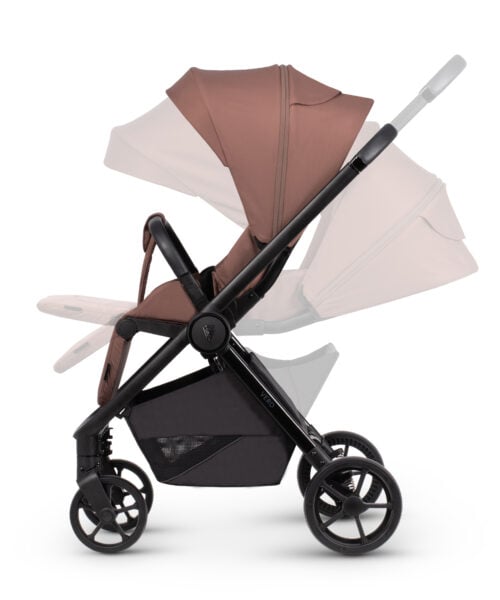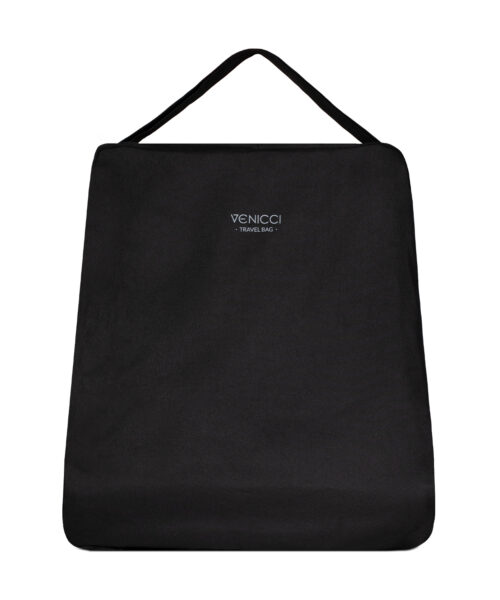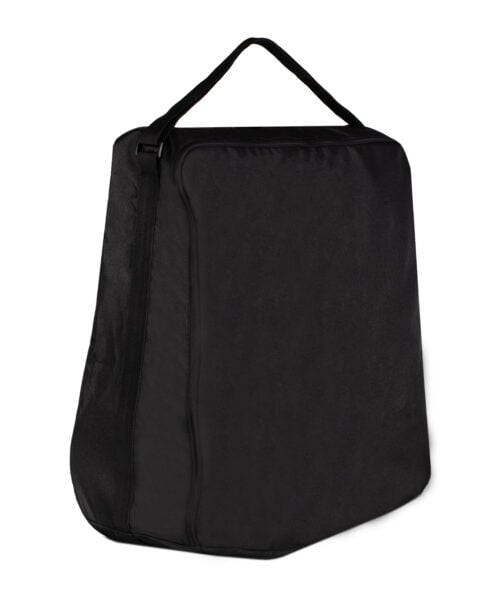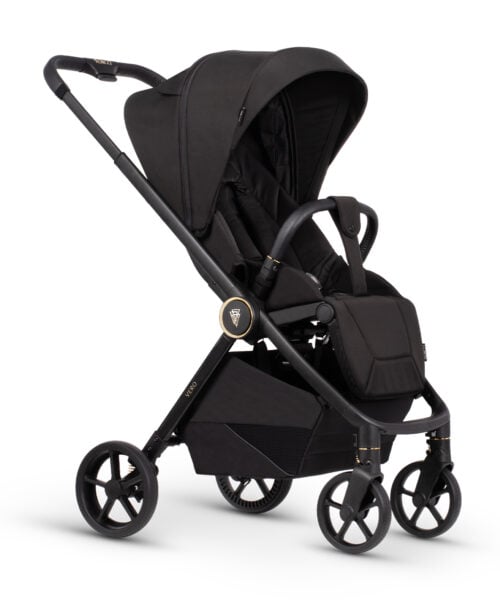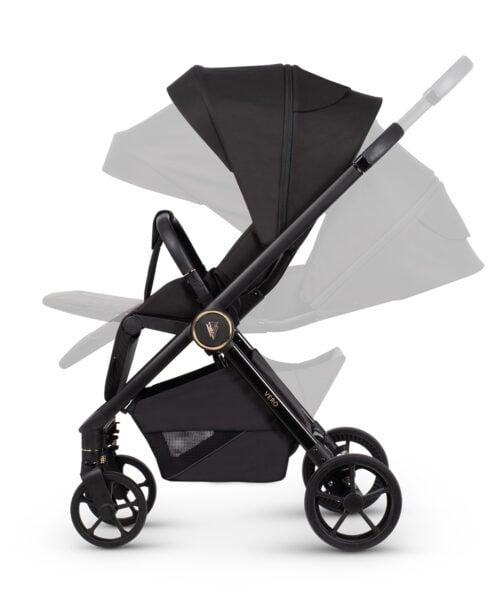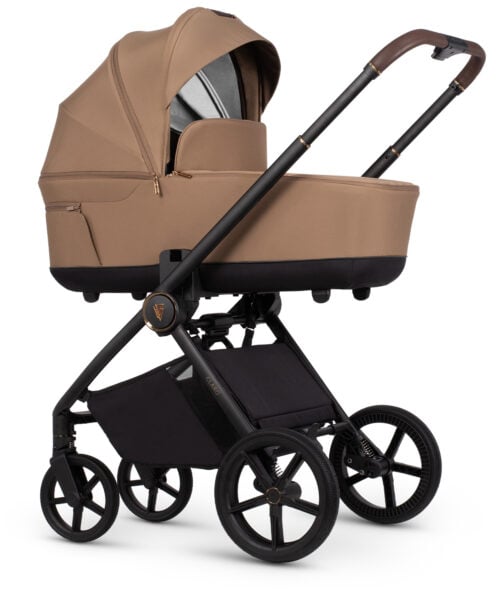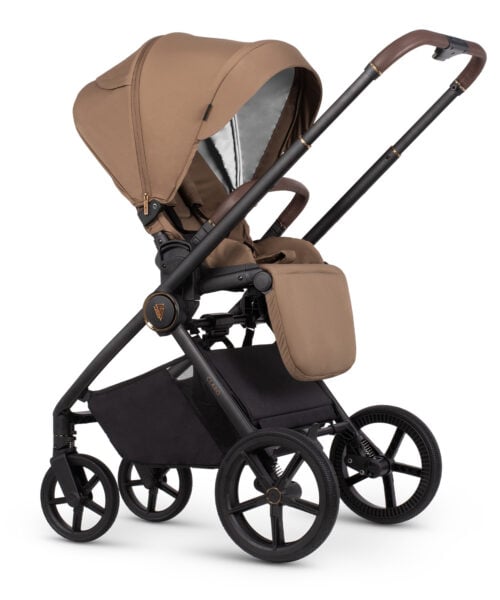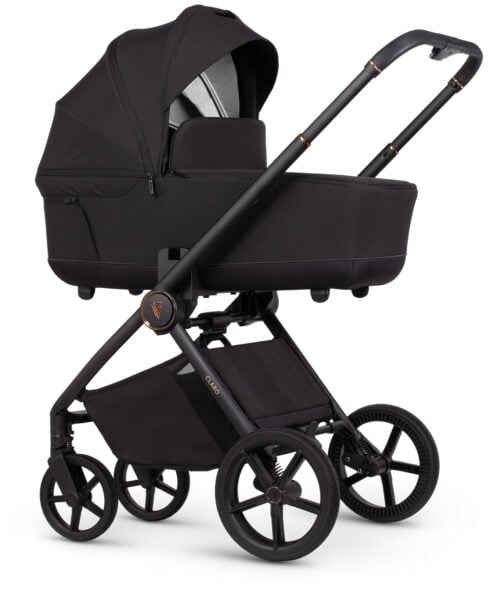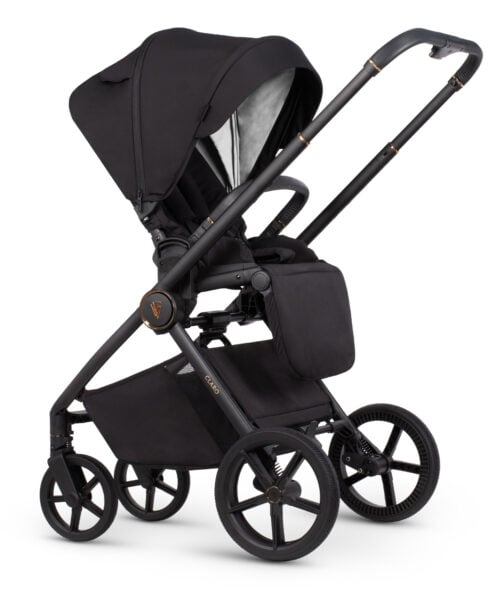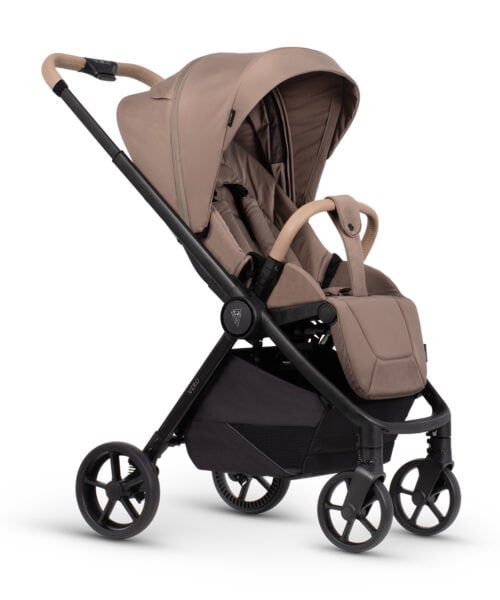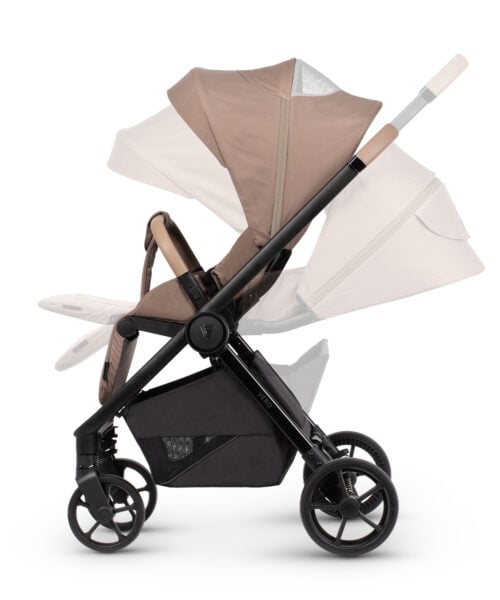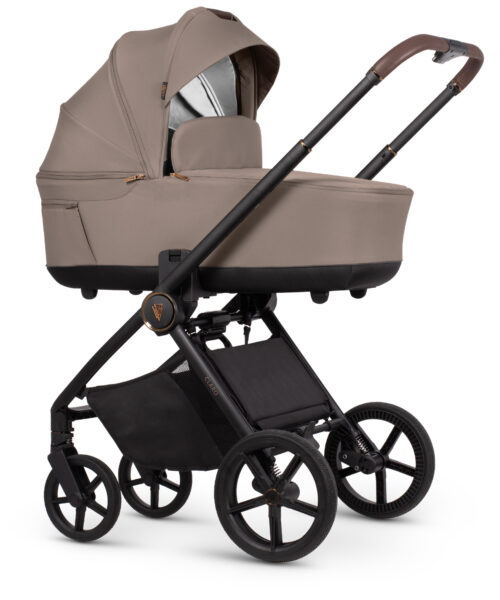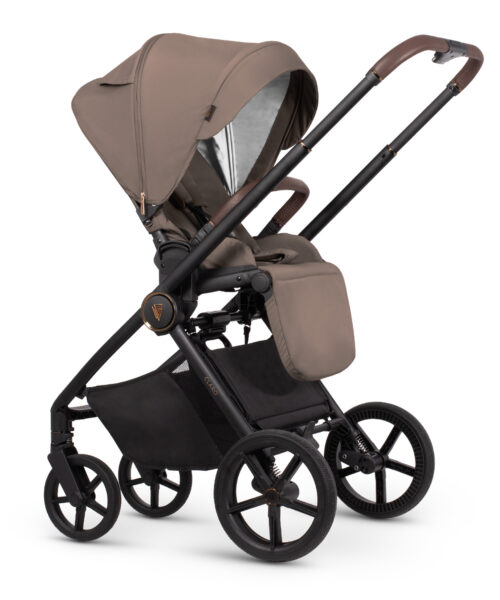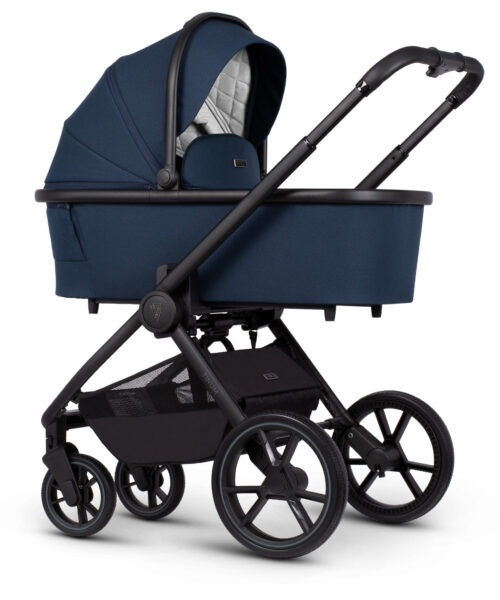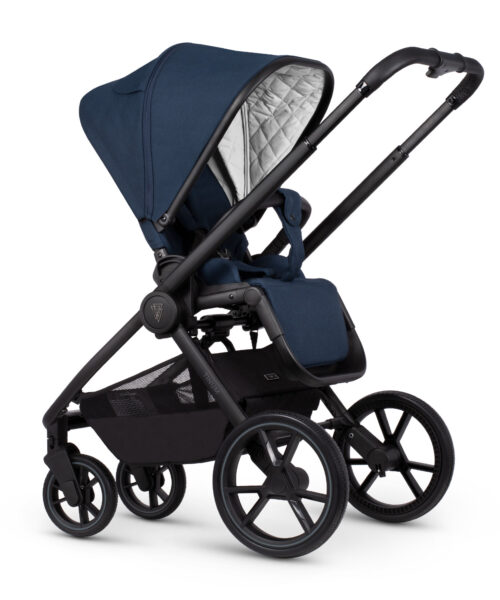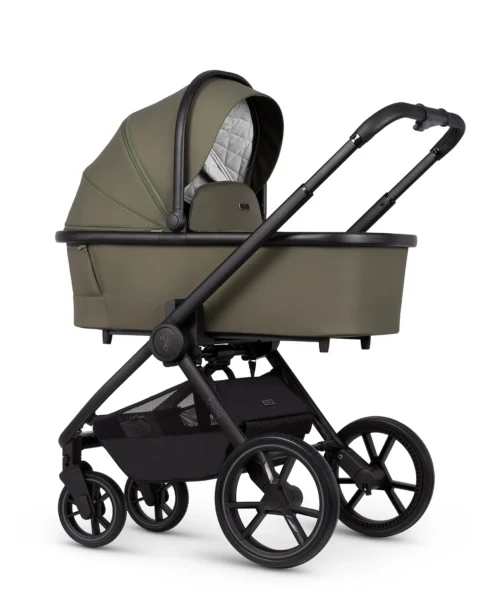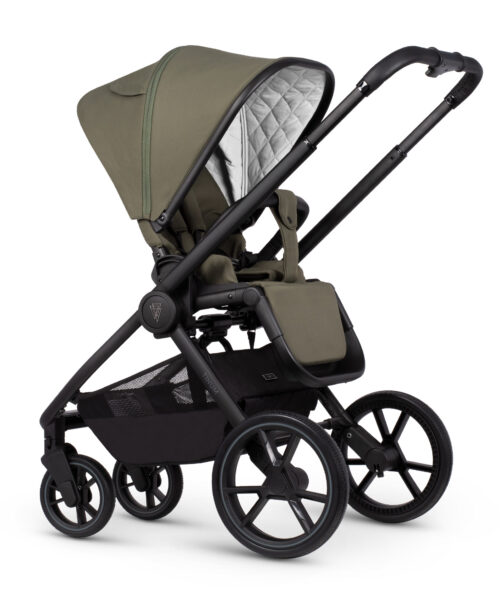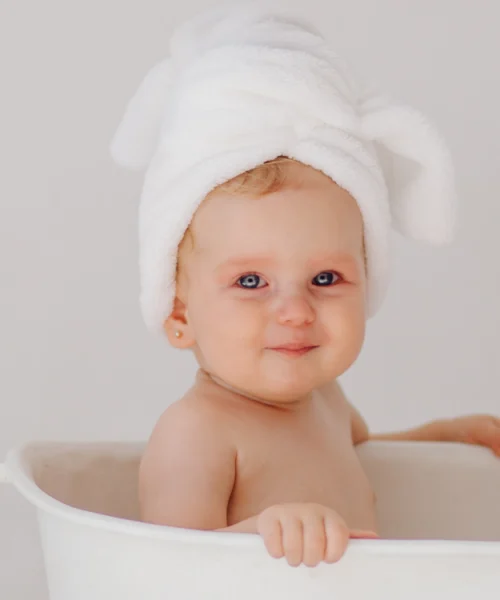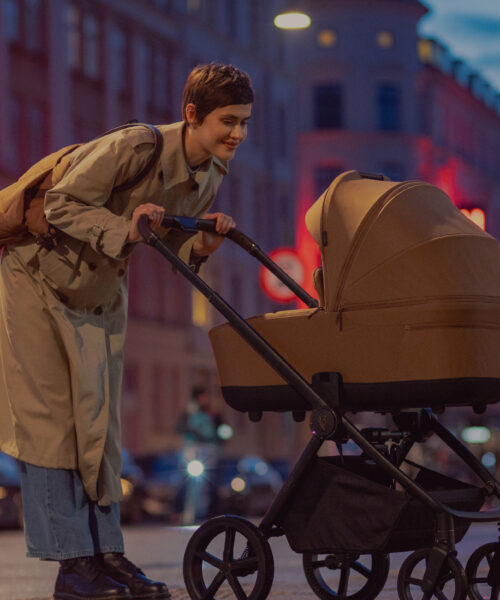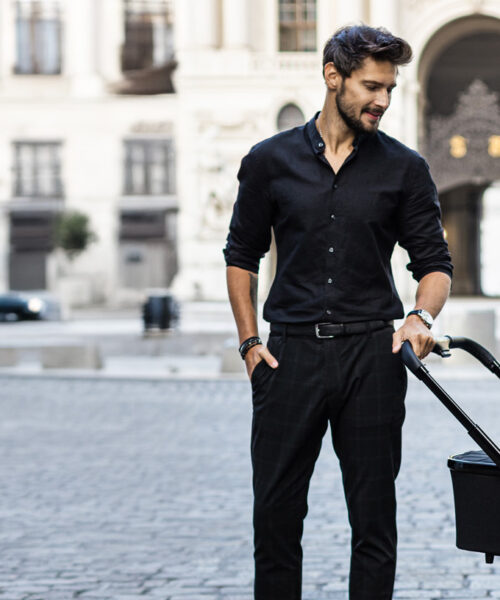Sometimes, the terms “pushchair” and “pram” are used synonymously, but they refer to two different types of baby carriages. This is not a marketing trick but a response to the unique needs of children.
Prams are designed for the very youngest users, who may switch to pushchairs after a certain period of time. The question is, what does it mean “a certain period of time”, and why is it so important to adapt the type of baby carriage to the child’s needs and abilities?
In this article, we answer both questions and give tips on choosing the suitable pushchair for your little one! Be sure to have a look!
Contents
Differences between prams and pushchairs – what to keep in mind when buying?
The difference between a “pram” and a “pushchair” lies in the terminology and the way the child is carried. Prams are designed for babies who cannot sit up and hold their heads straight, and a comfortable carrycot with a solid mattress gives them the space they need. This type of pram allows them to lie flat and parents to keep an eye on their little ones while strolling.
Pushchairs, on the other hand, are baby carriages with a seat unit and are suited to children who have mastered the skill of sitting up on their own. In addition, these models can usually be used for longer periods of time, as they can carry children up to about 22 kg or about four years old.
So it is easy to see that prams are just for a short time, and some parents prefer many-in-one models, i.e. those that can be easily converted from a pram to a pushchair. You can find them in our collection too!
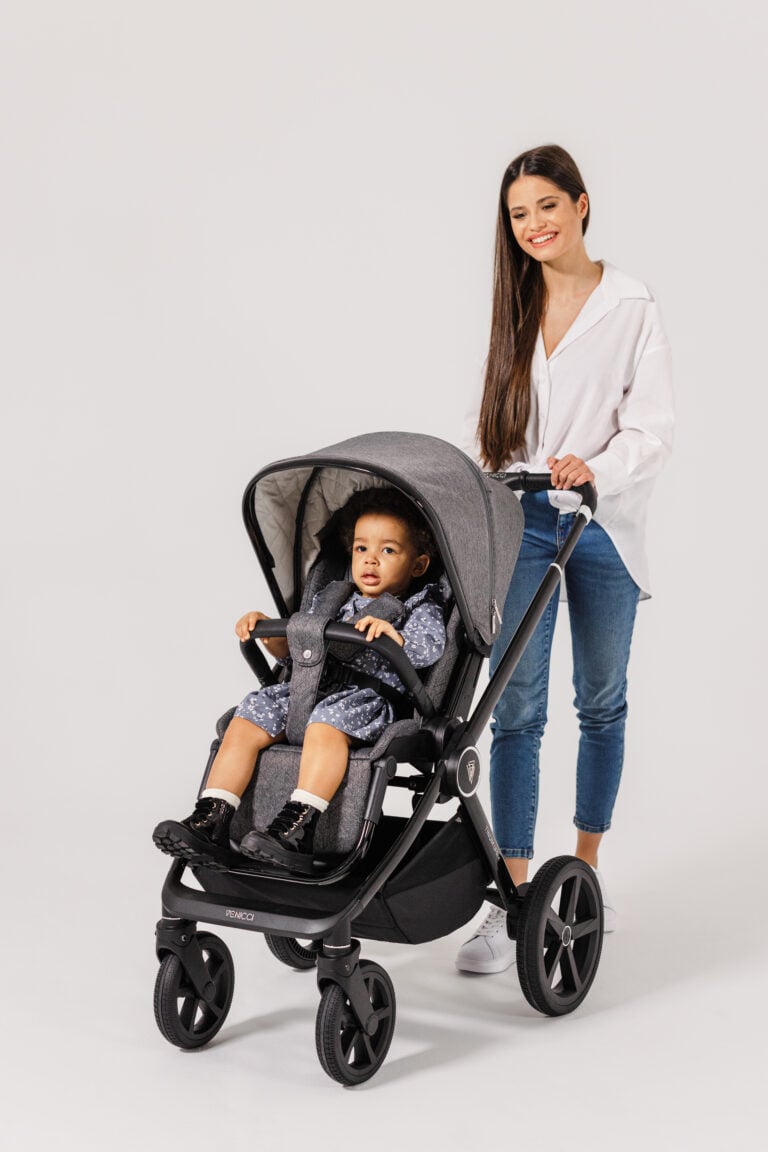
When can a baby move from pram to pushchair?
The general rule of the aforementioned is that the best time to transfer a baby from one type of baby carriage to another is when they can sit up on their own. In practice, this means around six months of age, but it is essential to remember that this is very individual for each little one. So, it is worth keeping a close eye on your child to determine when it is time to change.
And these changes should be neither too early nor too late. And why is that? It is a matter of safety and correct child development. A baby who is “forced” to sit too early may have problems growing because their bones are not strong enough. On the other hand, carrying a baby in a pram for too long when they can sit up and are curious about the world around them can lead to unpleasant and even dangerous incidents.
However, there is no need to worry in advance because a parent who spends all day with their child will quickly notice the new skills and realise when is the right time for a transition.
Is it worth buying 2-in-1 or 3-in-1 Travel Systems?
Last but not least, there is the question of which model to choose, since both (prams and pushchairs) are essential for keeping your child happy and healthy. And although you can buy models designed for each phase of your baby’s development, in practice, this means changing the product after a few months.
This is perfectly fine for some people, however others may want to purchase one product that will serve them for years. Both 2in1 and 3in1 Travel Systems give parents this possibility. Standard 2-in-1 products have both a carrycot, in which the child can be carried in a lying position, and a seat unit for slightly older children. And changing from one to the other is easy.
In addition, it allows you to try out both options smoothly and quickly switch to the first option (carrycot ) if it turns out that it is not yet time to change.
Summary: when do you move baby from pram to pushchair?
Changing from a pram to a pushchair is a big challenge for both children and parents, so it is a good idea to prepare for it in advance. The baby’s safety and comfort are at stake, which are the most critical aspects for any responsible parent.
We know it can be a significant step in a family’s life, so we hope that our short guide has given you a better understanding of the differences between the various models and helped you to find the best time to make the change. And if you want to explore this topic in more detail and find out when your little one is ready for a more advanced model, be sure to read this article: “When Can a Baby Sit in a Front-Facing Stroller: A Guide for Parents“.
